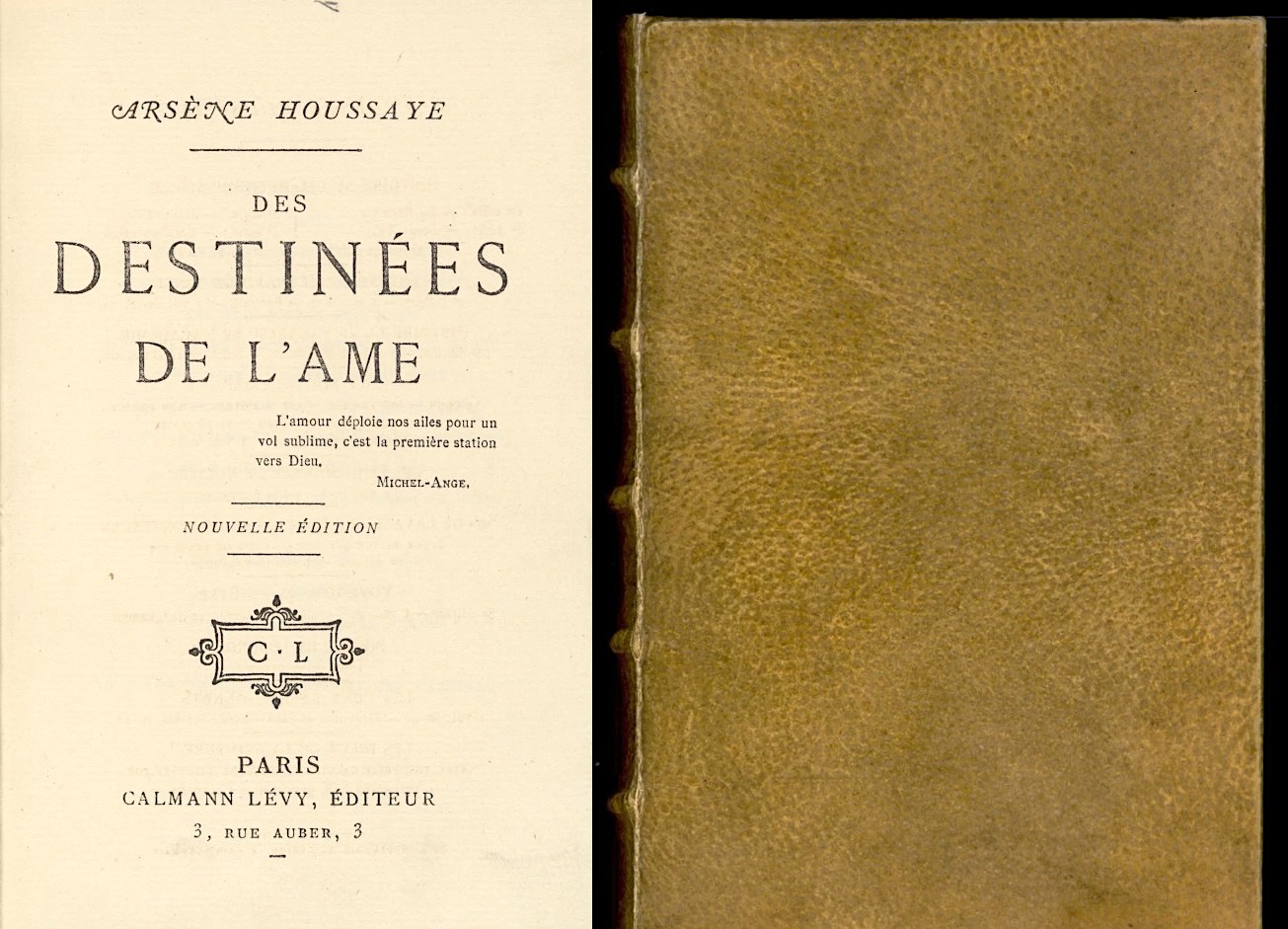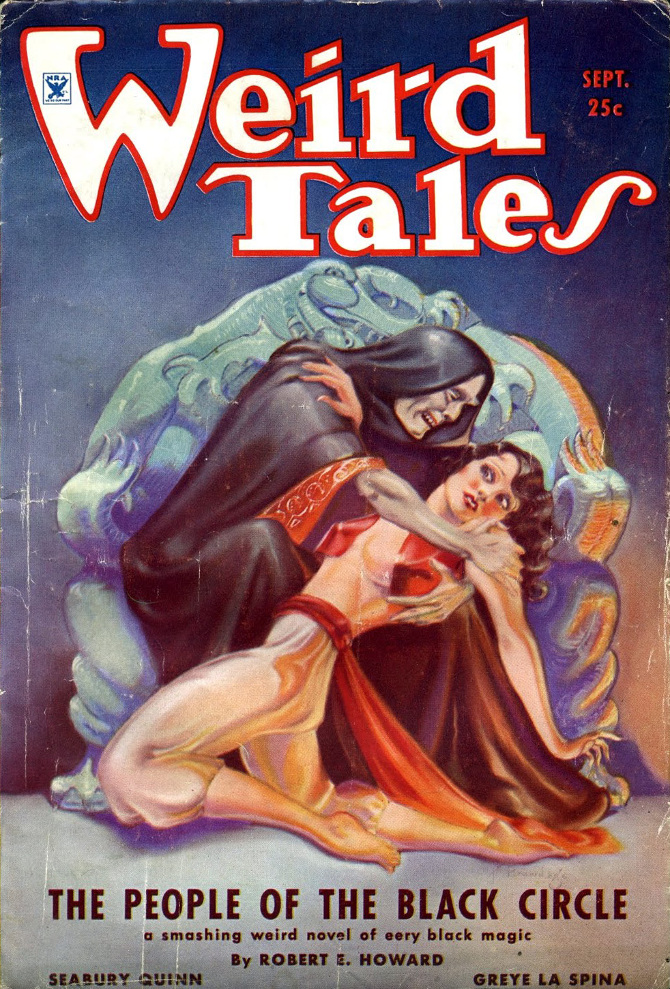The most widely known work by the eighteenth- and nineteenth-century Japanese artist Hokusai, 神奈川沖浪裏, is usually translated into English as The Great Wave off Kanagawa. That version of the title reflects the iconic scene depicted in the image well enough, though I can’t help but feel that we should be talking about waves, plural. Granted, the Japanese language hardly makes a fuss about plurality and singularity in the first place, but even by the standards of ukiyo‑e woodblock prints, this is a work of art that takes many forms. It’s not just that there are a lot of parodies floating around, but that no single “original” even exists.
“There’s not just one impression of the Great Wave, as many people think. There were originally thousands of them,” says scientist Capucine Korenberg in the British Museum video above. Back in the mid-nineteenth century, “Japanese prints were very cheap, and you could buy them for the same amount of money you could buy a double helping of soup and noodles.” Demand for the Great Wave in particular was such that experts reckon that at least 8,000 prints were sold, having been made “until the woodblocks just started to be so worn out that they couldn’t be used anymore.” Again, note the plural: if the blocks used to make the image were replaced, we’d expect to see differences in the actual image over time.
We’ve discussed before how the Great Wave went through several iterations over four decades before Hokusai found the form recognized around the world still today. But if you look at a print of the final version closely enough — and know enough about Hokusai’s art — you can tell whether it came from an earlier edition or a later one. It was no less an expert than longtime Tokyo-based printmaker and Hokusai enthusiast David Bull (previously featured here on Open Culture) who noticed that “he could see small differences between the strokes” of the three Great Wave prints owned by the British Museum. Hearing this sent Korenberg on a quest to determine their exact chronological order.
Many factors complicated this task, including the amount of ink and pressure applied to the woodblock during its creation, as well as the chances of modification or partial replacement of particular blocks along the way. In the end, she found it “more certain than ever” that the British Museum’s three Great Waves came from the same key block, which would have been modeled after Hokusai’s drawing. But along the way, she did make a discovery: it was previously thought that 111 identified prints existed, but she confirmed two more, bringing the total up to 113. Determining the fate of the other 7,887 is a task best left to the even more obsessive ukiyo-e-hunters out there.
Related content:
An Introduction to Hokusai’s Great Wave, One of the Most Recognizable Artworks in the World
Watch a Master Japanese Printmaker at Work: Two Unintentionally Relaxing ASMR Videos
Watch Hokusai’s The Great Wave off Kanagawa Get Entirely Recreated with 50,000 LEGO Bricks
Based in Seoul, Colin Marshall writes and broadcasts on cities, language, and culture. His projects include the Substack newsletter Books on Cities and the book The Stateless City: a Walk through 21st-Century Los Angeles. Follow him on Twitter at @colinmarshall or on Facebook.






